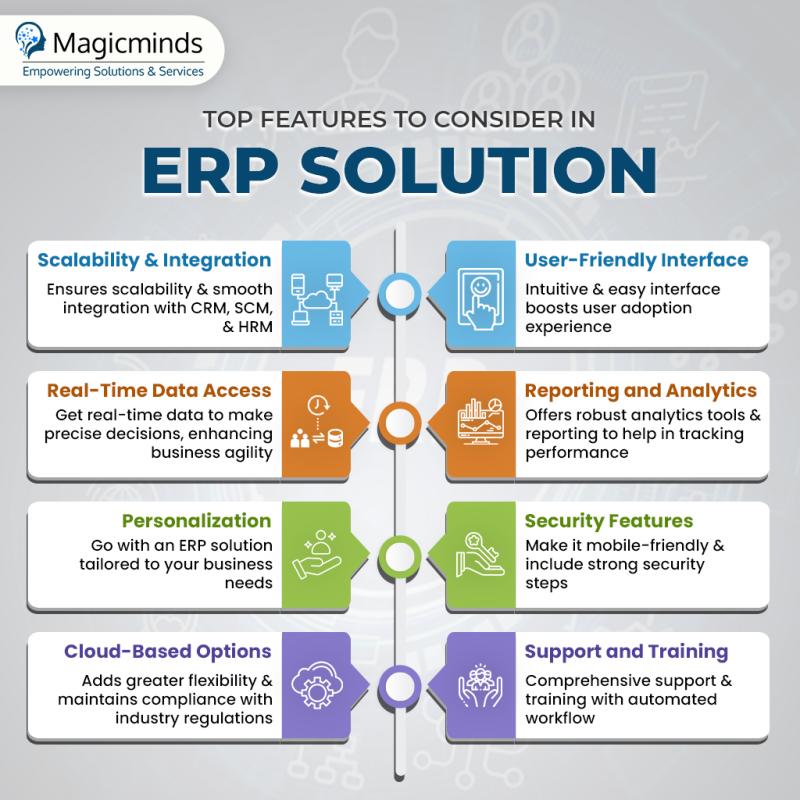Mastering Agile Software Development Methodologies
Agile methodologies are like the cool kids of project management. A software development company looking to enhance its project management practices should consider introducing agile methodologies to improve collaboration and adaptability in its software development processes. They’re all about flexibility, collaboration, and adapting on the fly.
Instead of rigid plans, you break your work into smaller chunks (sprints), tackle them, and adjust as you go. It is like building a jigsaw puzzle piece by piece. Regular team chats, quick feedback loops, and embracing change are the name of the game.
So, if you are tired of old-school, waterfall-style projects, Agile’s your new BFF for getting things done with a side of adaptability.
Principle of Agile Software Development Methodology
Imagine you start with bread and add ingredients one at a time. You taste it and tweak it as you go. Agile works the same way- you build a basic version, get feedback, and keep improving. It is all about flexibility, collaboration, and delivering what the customer really wants.
So, no more “make a sandwich plan”- it is all about “make a sandwich, taste, adjust, and repeat.” That’s Agile in a nutshell!
Types of Agile Methodologies
Agile methodologies are like flavors of ice cream, each with its unique twist on project management.
Scrum is like vanilla, simple and widely loved, with its sprints and daily stand-ups.
Kanban is more like a buffet, letting you prioritize tasks on a visual board.
Lean is the “less is more” chocolate chip, focusing on reducing waste.
Then there’s XP (Extreme Programming), a bit like a daring rocky road, emphasizing coding and testing together.
Agile has many flavors to suit different tastes and projects, helping teams adapt, collaborate, and deliver results in a flexible and tasty way! Meanwhile, many software development company websites offer valuable insights into various agile software methodologies to help clients choose the right approach for their projects.
Agile Framework and Framework Selection
When choosing an Agile framework, consider your team’s needs. An agile software development company must carefully consider the agile framework selection to ensure it aligns with their project requirements and team dynamics.
Scrum is great for structured, time-boxed work, while Kanban offers more flow-based flexibility. If you are in software, Lean or Extreme Programming(XP) might be your jam. Don’t forget about hybrid approaches that mix and match. The key is experimenting, learning, and tailoring Agile to fit your team’s unique groove. Stay nimble and have fun with it!
Agile Tools and Software
Agile software development relies on various tools to keep projects on track. Popular tools like Jira, Trello, and Asana help manage tasks, prioritize work, and collaborate seamlessly. These tools offer user-friendly interfaces and customizable features to fit different project needs. They’re like the trusty sidekicks of Agile teams, keeping everyone in sync and ensuring that work flows smoothly.
Agile Certification and Training
A software development company services include agile certification and training to help you become a pro at managing projects flexibly. These courses, like Certified ScrumMaster (CSM) or PMI Agile Certified Practitioner(PMI-ACP), teach you the ropes of Agile methodologies. You’ll learn to adapt, collaborate, and deliver results in a fast-paced world.
It is not just a theory; you’ll practice real-world scenarios. Plus, these certifications can boost your career by showing employers you have the Agile skills they need. So, if you want to level up your project management game, Agile training and certification are the way to go!
Agile and Project Management
Agile project management is like juggling but with a twist. Instead of planning everything upfront, you tackle tasks in smaller, flexible chunks called sprints. It is all about adapting on the fly, like a quarterback changing the play at the line of scrimmage.
Agile teams meet regularly to discuss progress, like huddles in football. The goal? Score a touchdown (project success) with each sprint. It is fast, dynamic, and team-oriented, like a game of touch football with your coworkers. So, if you want to tackle projects with agility, think of it as a friendly pick-up game, not a strict playbook.
Agile and DevOps
Agile and DevOps are like dynamic duos in the software world. Agile is all about flexible project management, where teams deliver incremental improvements. Think of it as sprinting in short bursts. DevOps, on the other hand, is the behind-the-scenes hero, ensuring smooth development and operations integration.
It is like the glue that holds everything together, automating tasks and enhancing communication. Together, they make software development faster, more efficient, and responsive to customer needs. It is a bit like Batman and Robin but for coding!
Implementing Agile in an Organization
Implementing Agile in an organization means ditching traditional, rigid processes for a more flexible and collaborative approach to project management. A mobile software development company successfully improves its project efficiency by implementing Agile methodologies in its organization. It is like switching from a heavy, old-school desktop computer to a sleek, lightweight laptop.
Agile encourages frequent communication and iterative progress, allowing teams to respond to changes swiftly. It is all about breaking big projects into smaller, manageable chunks so you can deliver value faster. Think of it as making pizza one slice at a time instead of waiting for the whole pie to bake. This approach fosters innovation, teamwork, and customer satisfaction, making your organization more agile, efficient, and customer-focused.
Conclusion
In a world where software development is a constantly changing landscape, agile methodologies stand as a beacon of collaboration and flexibility. They are not just about coding; they are about teamwork, adaptability, and delivering what users really need. From Scrum to Kanban, these approaches have reshaped how we build software.








Comments